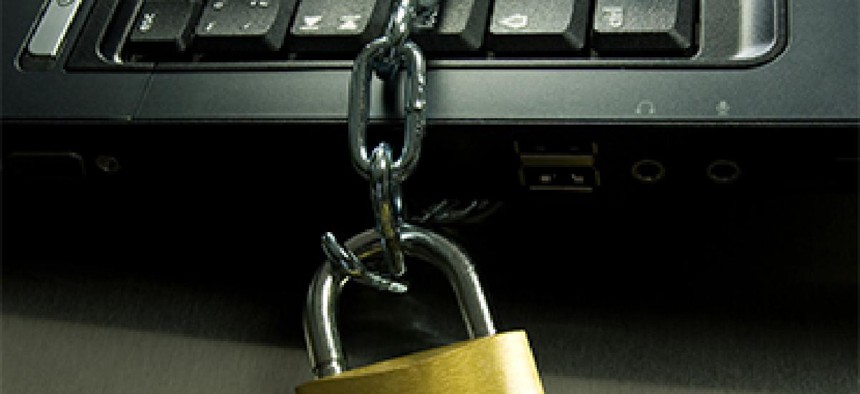Cyberattacks on the upswing

A new survey finds cyberattacks against U.S. targets – both public and private sector – are increasing dramatically in frequency and cost.
Cyberattacks against U.S businesses – including the public sector – are increasing in frequency and cost, with incidents growing by 42 percent in just the past year, according to a new study.
In a field study of 56 U.S. organizations, cyber crime cost companies an average of $8.9 million per year for an average of 1.8 successful attacks per company per week. The study, conducted by the Ponemon Institute and sponsored by HP Enterprise Security, also showed a lack of proactive security as being a major cause.
"The numbers suggest the problem is more expensive and is getting worse," said Larry Ponemon, chairman and founder of the Ponemon Institute. "We see organizations getting burned pretty seriously, and then decide to buy appropriate solutions. It’s a shaky security strategy."
The costliest attacks involved denial of service, malicious insiders and web-based attacks, which account for 58 percent of cyber crime costs annually, the study noted. Also highly expensive for affected organizations: resolution time and expense, which has increased from an average of 18 days and $415,748 last year to 24 days and $591,780 this year.
In most cases the public- and private-sector organizations in the study had similar dynamics, although Ponemon noted that the government lagged in some areas, including in the sophistication of defenses and in the time it took to clean up after an attack.
"Government and private-sector attacks were similar, and detection and resolution were similar," Ponemon said. "In general, the government is behind commercial organizations in the adoption of the most sophisticated technologies, and there were more governance snafus where it was unclear who the responsible parties were for responding to attacks. But you see that in any large organization that has serious bureaucracy."
Varun Kohli, director of product marketing at HP Enterprise Security, pointed out there also are differences in what drives computer assaults on the public versus private sector.
"The motivation is different between government and commercial organizations. It depends on key motivators – what an organization did, what they do on a daily basis and what they plan to do," Kohli said. "For example, the Justice Department makes policies. If hacktivists don’t like the policies, they’ll go after the government organization. [In the private sector], it can depend on what they plan to do – everyone wants a peek into the future to see what they’re working on."
In terms of the sectors most affected by cyber-crime, the defense industry was at the top of the list, followed by utilities and energy and the financial sector.
Additionally, from an international perspective, the U.S. underwent significantly higher incidents of cyber crime: Behind the U.S. companies’ average $8.9 million in associated costs annually, the next-highest was Germany at nearly $6 million, Japan at $5.2 million, Australia at $3.4 million and the UK at less than $3.3 million.
"The U.S. is far more likely to deal with theft of information or intellectual property than Australia or the UK," Ponemon said. "It’s possible U.S. companies have a bigger bulls-eye on our back, which is scary."
Nonetheless, the report was not all bad news, Ponemon and Kohli pointed out. The study showed that some security measures – in particular, specific enterprise security governance activities – had significant impact on cost savings.
"Companies obtaining sufficient budgeted resources enjoy an average cost savings of $2.2 million. On average, companies appointing a high-level security leader experience cost savings of $1.8 million," the report noted.
According to Kohli, deploying security intelligence systems is critical in moderating the costs of cyber crime and save an average of $1.6 million; also key is the implementation of strong security posture that includes the use of a metric known as the security effectiveness score. In addition, the institution of enterprise-wide security governance practices is important and can save companies more than $1 million, according to the study.
"Surprisingly, some of the biggest organizations are not using appropriate security technologies and are ignoring the problem until they get attacked and are in the news; then they go from one security guy to a full-fledged operations center," Kohli said.
NEXT STORY: Chinese telecom giant blasts House report





